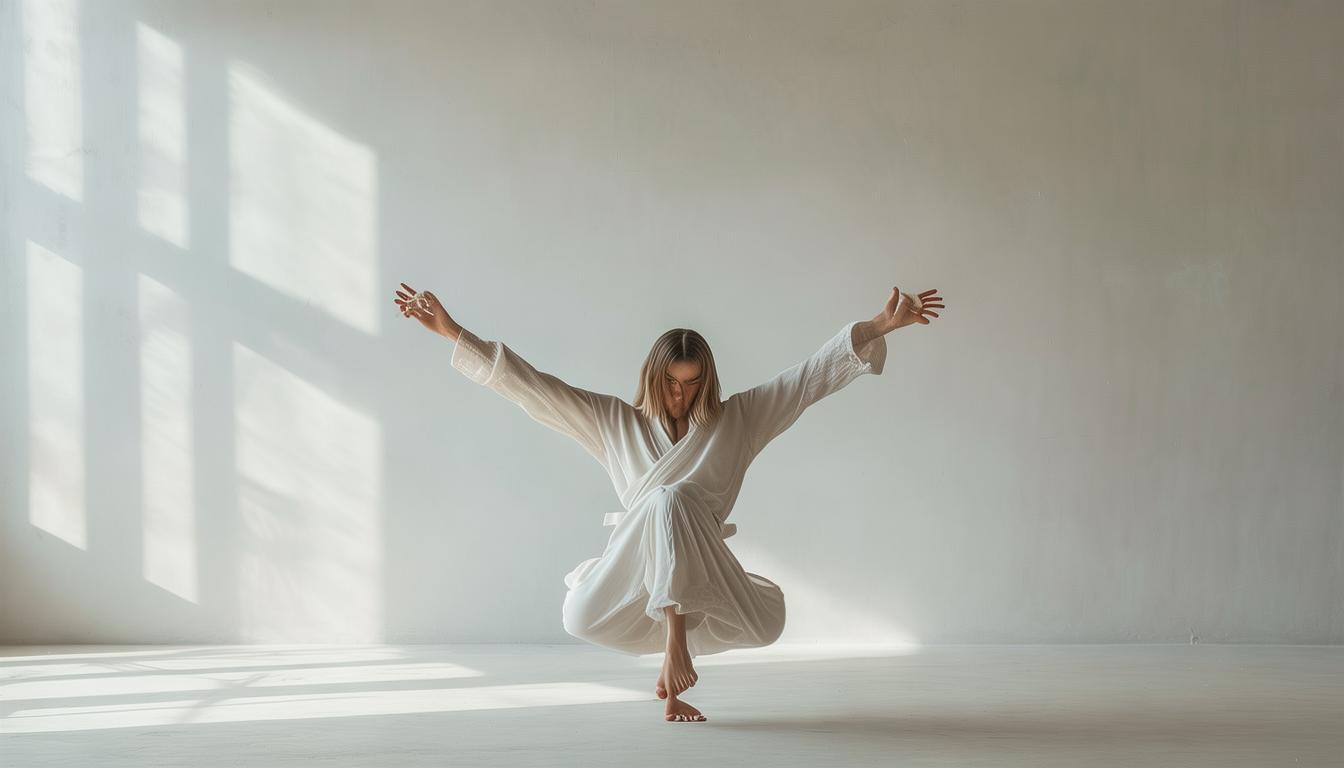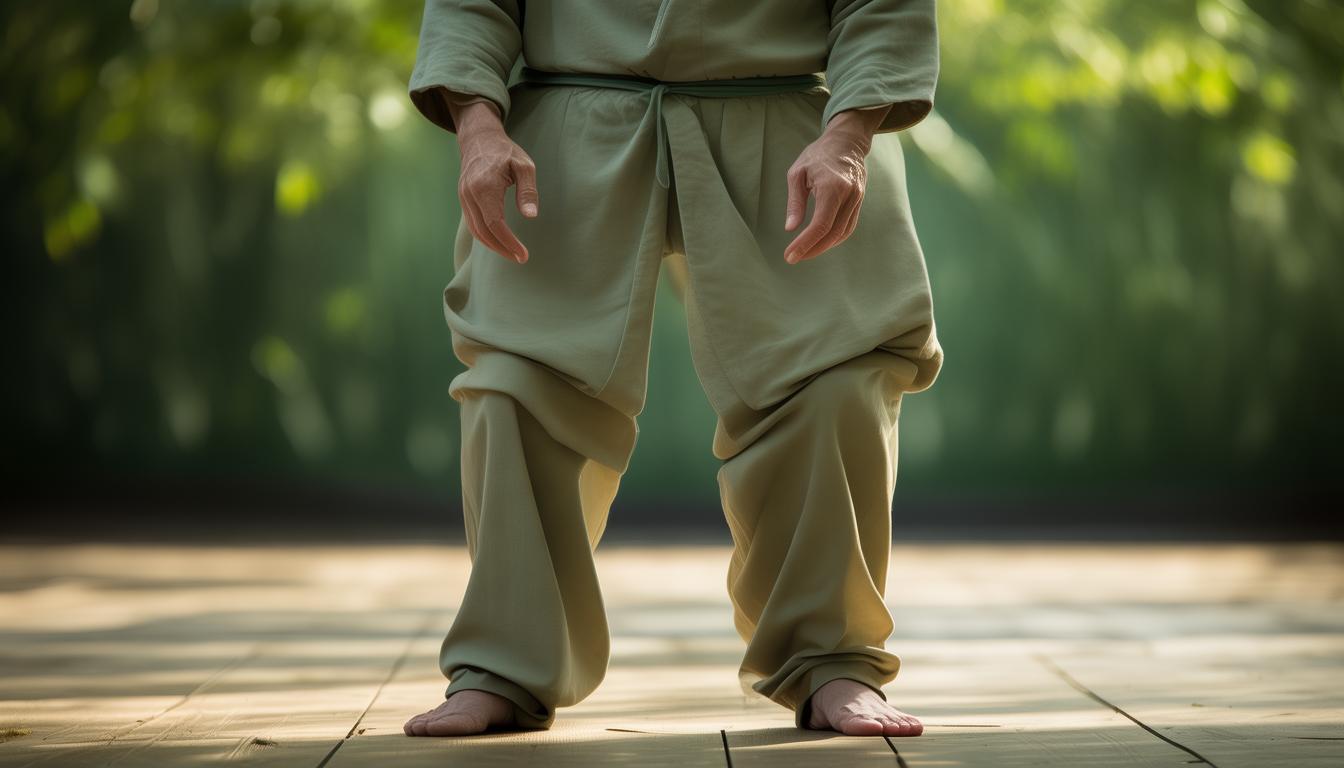Embarking on the journey of learning Moy Tai Chi as a beginner is both exciting and rewarding. It's not just a Martial art; it's a profound experience that combines physical exercise with mental peace. Here's a guide to get you started on the right foot.
Basic Stance
Standing firmly is the cornerstone of Moy Tai Chi. Your feet should be supposed – width apart, knees slightly bent. Imagine being a tree, the roots grounding you to the earth. Then, focus on your spine, keeping it straight but relaxed. This stance helps maintain balance and enables smooth movement transitions, which are vital as you progress in your Tai Chi practice.
Next,distribute your weight evenly on both feet. Many beginners tend to shift their weight too much to one side Tai Chi And Arthritis , disrupting the equilibrium. A balanced weight distribution gives you a stable base, like a pyramid standing strong on all its sides. This base allows for better execution of subsequent Tai Chi moves.
Hand Movements
Tai Chi hand movements are like poetry in motion. Start with gentle, circular motions. Move your hands as if you're holding a delicate ball of energy. The fingers should be slightly apart, and the palms remain relaxed. This motion promotes the flow of energy, or chi, within your body, enhancing your overall well – being.

As you advance, learn the specific gears. For example, the "cloud hands" involve flowing hand movements that resemble clouds floating in the sky. Practice these movements slowly and mindfully, feeling each nuance of the motion. Make sure your wrists are flexible,as this adds finesse to your hand gestures.
Leg Movement
Tai Chi leg movements are essential for building strength and stability. Begin with slow master moy tai chi for beginners , deliberate steps. Slide your foot gently across the floor, as if you're walking on thin ice. This helps improve your balance and engages the muscles in your legs, ankles, and hips. The movements should be fluid, without any sudden jerks.
After getting the basics of stepping, incorporate turns. When turning, pivot on one foot while gradually shifting your weight. The key is to move smoothly, as if you're part of a continuous dance. These leg movements not only enhance your physical strength but also teach patience and control.
Breathing Techniques
Proper breathing is the soul of Tai Chi. Start with deep, diaphragmatic breathing. Inhale slowly through your nose, allowing your abdomen to expand like a balloon filling with air. Then, exhaust gently through your mouth, contracting your abdomen. This breathing pattern relaxes your body and calms your mind, creating a symbolic relationship with your movements.

Coordinate your breathing with your Tai Chi movements. For instance, inhale when raising your hands, and exhale when lowering them. This synchronization enhances the internal energy flow, making your Tai Chi practice more effective. It also helps you stay centered and focused throughout your session.
Practice Routine
Consistency is key in mastering Moy Tai Chi. Create a daily practice routine that suits your schedule. Even a short 15 – minute practice can make a big difference. Find a quiet place where you won't be disturbed, like a peaceful corner in your garden or a calm room in your house. Surround yourself with a serene environment, which adds to the calming effect of Tai Chi.
Record your progress as you practice. Notice how your movements become more fluid and your balance improves. Celebrate small victories along the way. This positive reformer will keep you motivated and eager to learn more.
Are you ready to embrace the tranquility and strength that Moy Tai Chi offers? Share your thoughts and experiences Tai Chi And Diabetes Courses Online , and don't forget to like and share this guide with fellow beginners!



